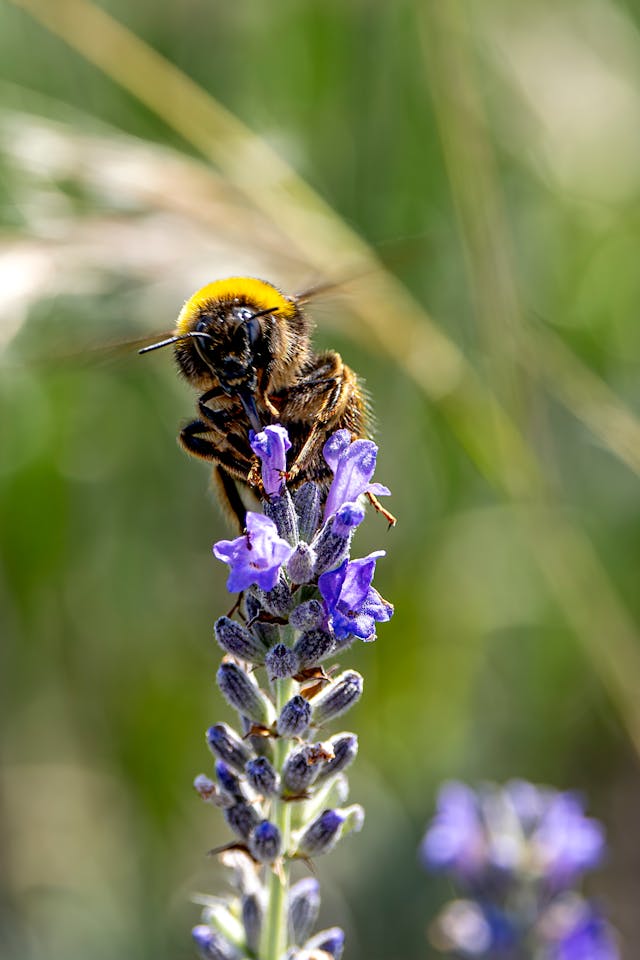Winter and early spring are excellent times to prepare your garden for a year of beauty and bounty. While the frost may make it seem like everything is dormant, this is a golden opportunity to sow seeds that thrive in cooler conditions and set the stage for a vibrant growing season. This guide will introduce you to the best seeds to plant, how to nurture them, and whether they are perennials or annuals.
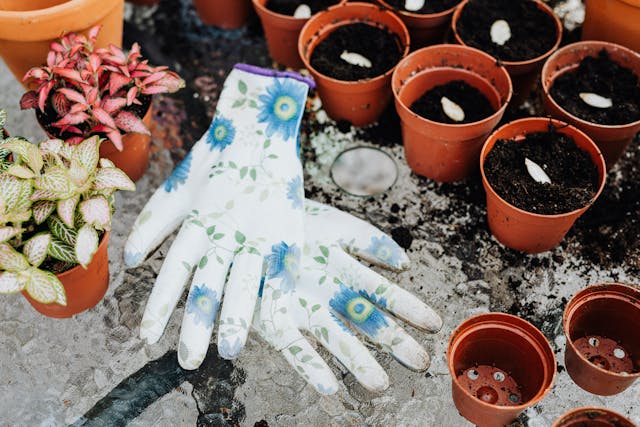
Choosing the Right Seeds
Winter and early spring gardening are all about selecting hardy plants that can handle cooler temperatures. Here’s a handy table to help you choose the right seeds for your garden:
| Seed Type | Best Planting Time | Annual/Perennial | Special Notes |
|---|---|---|---|
| Kale | Late winter | Biennial | Cold-hardy; grows best in partial sun. |
| Sweet Peas | Late winter/early spring | Annual | Prefers well-drained soil; add trellises for support. |
| Pansies | Early spring | Annual or perennial | Choose winter-hardy varieties for frost tolerance. |
| Carrots | Early spring | Biennial | Loose, sandy soil ensures straight, healthy roots. |
| Spinach | Late winter | Annual | Thrives in moist, rich soil with good drainage. |
| Foxgloves | Late winter | Biennial | Partial shade; poisonous, so handle with care. |
| Leeks | Late winter | Biennial | Frost-hardy; plant in deeply dug soil. |
| Snapdragons | Early spring | Annual or perennial | Prefers full sun and well-drained soil. |
*Pansies may return yearly in mild climates.
**Onions are grown as annuals for bulbs but are technically biennials.
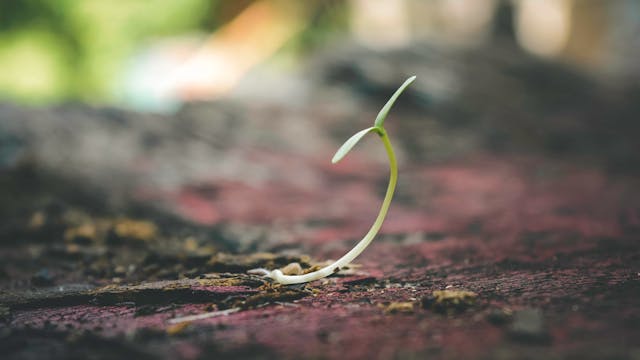
How to Plant and Grow Winter/Spring Seeds
- Prepare Your Soil: Start by clearing debris and tilling your soil. Mix in compost to enrich it and improve drainage.
- Planting Depth and Spacing: Always check seed packets for specific instructions on depth and spacing. For instance, spinach seeds should be planted about 1 inch apart and ½ inch deep.
- Mulching for Warmth: In winter, mulch can insulate seeds and maintain soil temperature. Use straw or bark mulch for best results.
- Water Wisely: Overwatering is a common mistake. Water lightly and consistently, ensuring the soil is moist but not soggy.
- Sunlight Matters: Position your garden in an area with optimal sunlight, keeping in mind that some plants like spinach and pansies can tolerate partial shade.
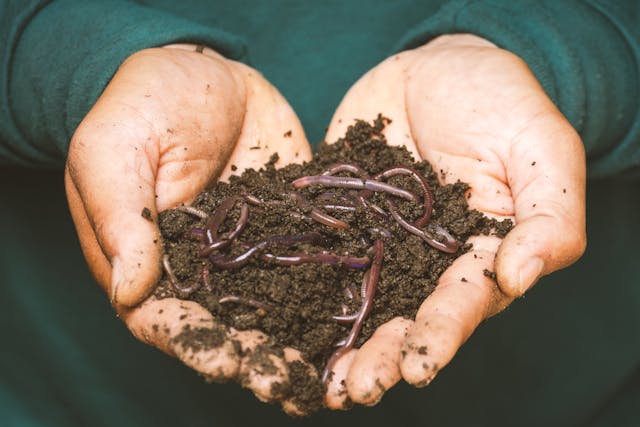
Maintaining Healthy Plants
- Weed Control: Regularly check for weeds that compete for nutrients. Hand-pull or use mulch to suppress growth.
- Pest Management: Inspect plants for pests like aphids. Natural remedies such as neem oil or introducing beneficial insects like ladybugs can help.
- Fertilization: Use organic fertilizers to nourish your plants. For leafy greens like spinach, a nitrogen-rich fertilizer works wonders.
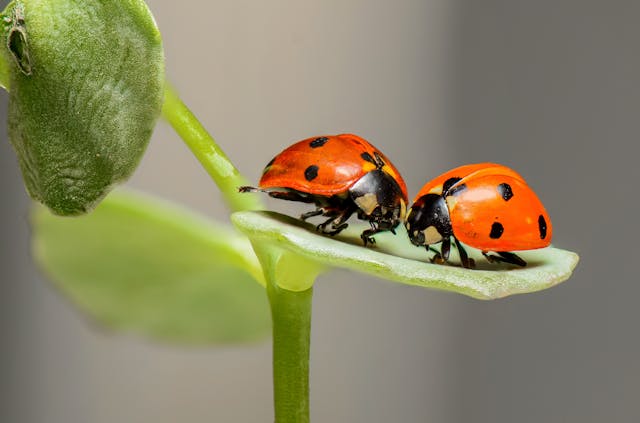
Perennials vs. Annuals: What’s the Difference?
- Annuals: Complete their life cycle in one growing season. These include sweet peas and larkspur. Enjoy their beauty and replant next year.
- Perennials: Return year after year, such as lavender. These are excellent low-maintenance choices for a long-lasting garden.

Why Winter and Early Spring Planting is Beneficial
Cool-season crops and flowers have evolved to thrive in cooler temperatures. Their growth helps prevent erosion and enriches soil with organic matter. Moreover, starting early means your garden gets a head start, rewarding you with blooms and harvests before the summer heat arrives.
With the right seeds and care, your winter and early spring garden can flourish, setting the tone for a productive year. Happy planting!
Love Life x
References
- Royal Horticultural Society. (2023). Winter and Early Spring Planting Tips.
- Better Homes and Gardens. (2023). Top Seeds to Sow in Winter.
- University of Illinois Extension. (2023). Cool Season Crops and Their Care.

